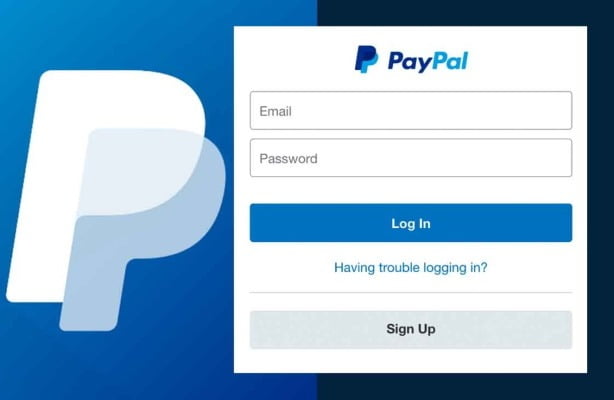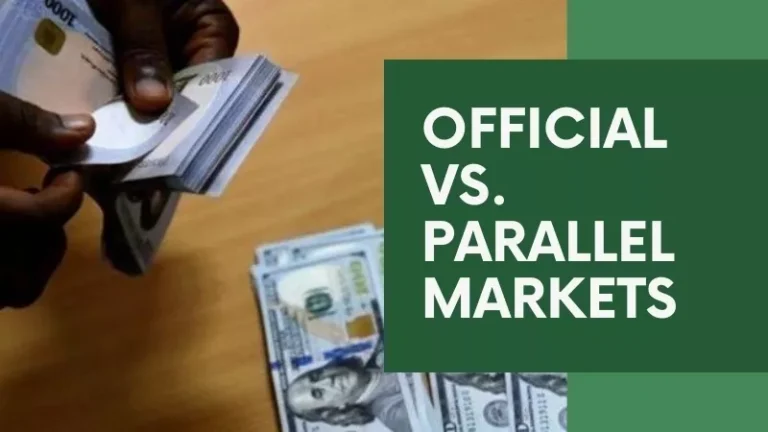Millions of online shoppers who hardly use their PayPal account could be charged for ‘inactivity fee’ if they do not use or access their account for completing a year.
PayPal has said an account will be seen as “inactive” if the owner has not logged in or sent, received, or withdrawn money in that period.
Starting from 16th December, consumers with PayPal account who have not used or logged into their bank account-linked account for at least 12 months will be subject to a £12 a year inactivity fee, or – if it is lower – the entirety of their PayPal balance.
PayPal customers with an empty account – a balance of zero – will not be charged any fee, no matter how long their accounts have sat dormant, even if the account is still linked up to a bank account.
Contents
How does the PayPal £12 inactive fee work?
The inactivity fee will only apply to customers with money in their PayPal digital wallets, and this is where the fee will be taken from. PayPal will not take money from a linked bank account.
The first fee will be charged on 16 December 2020.
Those with balances over £12 will be charged the whole fee. So if you have £20 in your wallet, you’ll owe £12.
If your balance is under £12, its entire value will be deducted. Let say you have £5 in your account, you’ll be charged that same £5.
PayPal did not answer why it was introduced this fee. But, it could be due to increased competition at the online checkout from new buy now, pay later payment platforms such as Clearpay and Klarna, and the fact that eBay is set to replace PayPal as its primary payment platform partner later this year.
How to avoid the PayPal inactivity fee?
Avoiding the fee is actually really simple, provided you know your login details. All you have to do is sign into your account on paypal.com. This alone will reset the clock for another year.
If you do have money in your PayPal wallet, spending it will stop you from having to log in every 12 months to keep the fee at bay.










